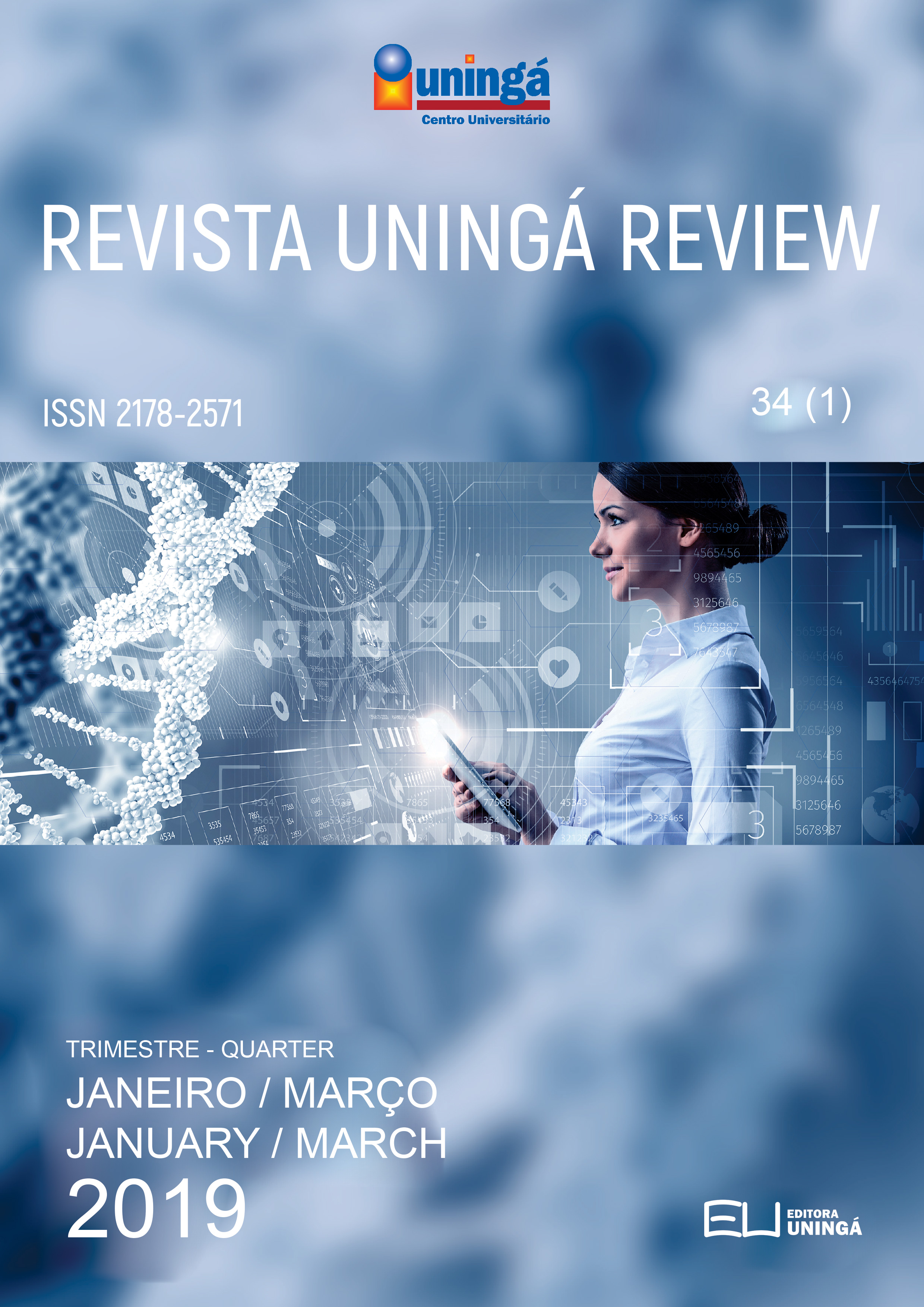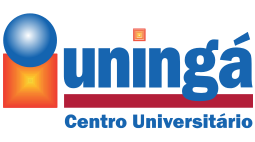CONTROL OF COCOA PLANT (Theobroma cacao L.) PATHOGENS BY FUNGAL ENDOPHYTES FROM GENERA Trichoderma AND Clonostachys
Keywords:
Endófitos, Controle biológico, Cacau, Vassoura-de-bruxa, MonilíaseAbstract
Endophytes are microorganisms that colonize the interior of plants without causing any damage, and this colonization can be observed by light or electron microscopy. Frequently, endophytic fungi produce substances that increase the defense against pathogens under adverse environmental conditions for both themselves and for the host. In this context, these fungi have a high biotechnological potential for the control of phytopathogens in agricultural crops, as they are capable of producing secondary metabolites that benefit their hosts in several ways. Fungal diseases are responsible for high losses in cocoa production, in addition to reducing planted areas in Brazil and Central and South America. This study conducted a literature review on the potential of endophytic fungi for the control of Moniliophthora perniciosa and Moniliophthora roreri, phytopathogens that cause Witches' broom disease and, respectively, in cocoa tree. The literature review consisted of searching Brazilian and international articles in databases and specialized sites (Google Scholar, SciELO, Web of Science and Portal de Periódicos da CAPES); and, also books, dissertations and theses. The scientific literature showed that biocontrol agents from genera Trichoderma and Clonostachys, which act by several mechanisms, including the mycoparasitism, are efficient tools for the control of these pathogens.
Downloads
Downloads
Published
How to Cite
Issue
Section
License
I declare/we declare that the text submitted here is original, of my own authorship and does not infringe any type of third party rights. The content is my/our sole responsibility. Possible research involving animals and/or human beings is in accordance with Resolution 196/96 of the National Health Council and its complements. I declare that I am/we are in possession of the written consent of patients and that the research and its procedures were timely and adequately approved by the Ethics Committee of the institution of origin. We further declare that all institutional affiliations and all sources of financial support for the work are duly informed. I certify that there is no commercial or associative interest that represents a conflict of interest related to the submitted work. If there is commercial interest, in addition to the technical and academic ones, in the publication of the article, the information will be reported during the text.







































